Text
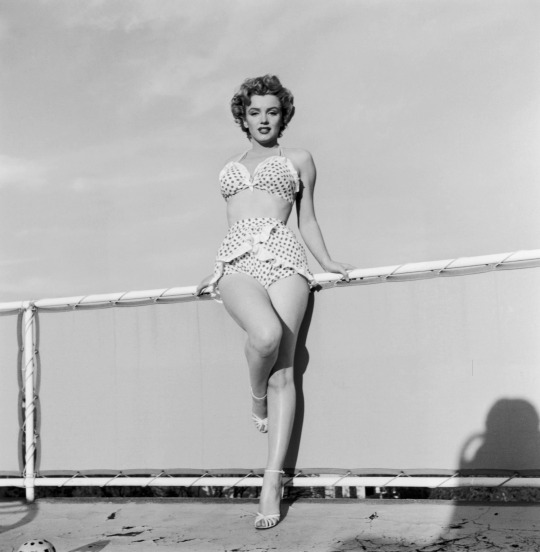
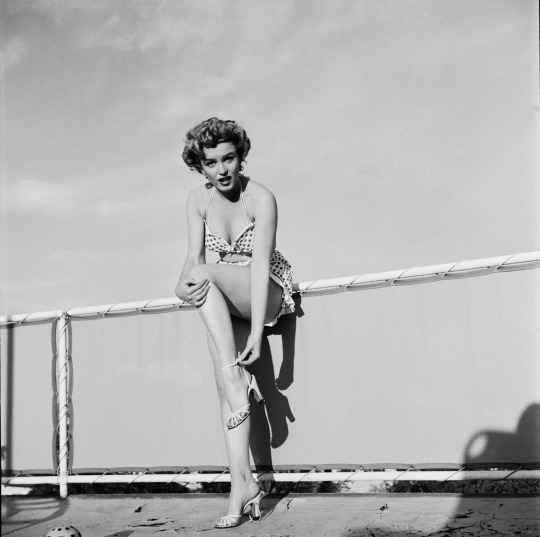
Marilyn Monroe at the Beverly Carlton Hotel, Los Angeles, 1952.
2K notes
·
View notes
Text
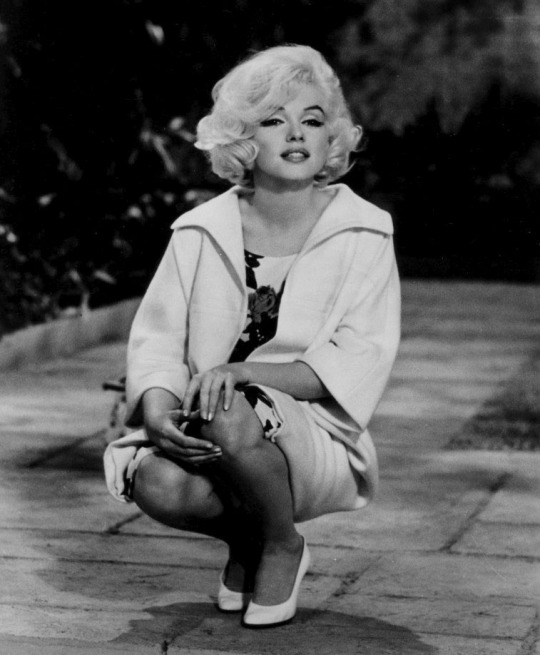
Marilyn Monroe on the set of Something's Got To Give, 1962.
2K notes
·
View notes
Text

Marilyn Monroe photographed by Sam Shaw, 1957.
1K notes
·
View notes
Text
Today marks the sixtieth anniversary of when Marilyn Monroe passed away. It’s a paradox of both an unfortunate and extraordinary milestone. The continued fascination with her life and legacy, sixty years after her passing confirms what we know and what Marilyn failed to see during her life time: her continued impact.
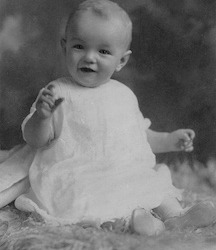
I began blogging about Marilyn just a little over a decade ago on Tumblr under the name PerfectlyMarilynMonroe, which has now extended to Instagram, Twitter and TikTok with over 200,000 followers respectively.
And I sit ten years later and proudly reflect on how much has changed. The narrative of her “tragic” life has shifted into a courageous one; the narrative of her “mysterious death” has shifted into exploring her life; the narrative of her being a “home-wrecker, sex-addict” has shifted into her being a blueprint for women. All still relevant to today’s current issues, as well.
Of course, this can’t be said for every person, case, or scenario – some will still believe these theories – but in ten years it has been comforting to watch the shift. Much of which is thanks to the fans and historians who advocate for her regularly.
I want to highlight five important things that I myself learned as a decade long “Marilynette” that I hope is perpetually shared and acknowledged.
1). Marilyn was passionate about mental health and psychotherapy.
For a woman with labels such as possibly committed suicide, pill addict, a depressed and overall sad woman, her association with psychoanalysis, fascination with Sigmund Freud, and the importance of mental health remains absent.
She watched her mother withdraw, have nervous episodes, and be labeled as “crazy.” Marilyn, then Norma Jeane Baker, was moved from an orphan home to various foster homes where she suffered sexual, physical, and emotional abuse and neglect between the ages of eight and fourteen. Marilyn later attributed a lot of her unhappiness to not having a father, as well.
An unpleasant interaction between him, his wife, and Marilyn in 1951 provoked her to reach out for psychiatric help. His wife’s, in more or less words, suggested she get a lawyer if she wanted to contact him. But all she wanted was love and to be acknowledged.
And, so, she searched her life for it.
Marilyn regularly attended therapy for her depression, unbearable anxiety, and insomnia. In 1955, she worked with Dr. Margaret Hogenberg in New York City for as often as five days per week. Sometimes twice a day. Her half-sister, Berniece, found it to be too much in her opinion. Marilyn was too stuck in the past to move on into her future. But her present demanded it.
Through psychoanalysis, Marilyn uncovered much of what she had bottled-up from childhood. At one point, she thought suppression was the best thing for her – to ignore all the abuse and neglect she had suffered. Literally block it out of her mind. But Sigmund Freud theorized repression may allow the individual to obliterate or even forget the memory, but it will manifest through subconscious behaviors and emotional responses.
And for her, it did.
During therapy, she worked on childhood acceptance, her inability to establish long-lasting friendships, and fears – ones of abandonment, being institutionalized like her mother – and her fascination with dreams and suicide.
In later years, she worked with Dr. Marianne Kris and Dr. Ralph Greenson. She even practiced with Anna Freud in London, who was a friend of Dr. Hogenberg’s. They had many sessions at Maresfeld Gardens in 1956.
During those same years, she was abusing her medication. Tragedy covered her like a blanket. She suffered miscarriages and an ectopic pregnancy and two divorces, some of which stalled her therapy. She was too inconsolable to speak. She craved numbness and sleep.
In 1961, she expressed an active plan of suicide to Dr. Kris. She would jump thirteen stories to her death. The only thing that stopped her was guilt, for the people who would witness it. She was immediately institutionalized. In Payne Whitney psychiatric, her biggest fear had come true: she was an “invalid” and “locked up” like her mother, Gladys. Four long days involved suicide threats, mingling with other patients, therapy, until Joe DiMaggio and Dr. Kris worked on her release. Marilyn spent a month recuperating at Columbia-Presbyterian.
Though Dr. Kris made the wrong choice of hospital in Marilyn’s eyes, Marilyn grew more in her work with her than the following year and a half under the care of Ralph Greenson.
Greenson’s therapy would, especially today, be considered highly unethical, inappropriate, and abusive. The relationship between patient and doctor is unequal; a power dynamic. But Greenson invited Marilyn to eat with his family so she could “experience” a family in order for her to get it for herself, his children (ages 22 and 25) were on call if he was unavailable, he was on call to respond and arrive to her house for emergency sessions, manipulated (and insisted) her to cut out friends and to accept Something’s Got to Give, when she knew playing the role of a mother would affect her mental health, and so on and so forth. I fear what happened during sessions. Just days before her death, it’s been reported she planned to fire Greenson. She started to feel how harmful his modes were to her.
While her cause of death remains unknown, what is known her active fight – until the very end.

2). Marilyn was a humanitarian, an activist, and an entrepreneur.
Marilyn was involved with a handful of charities and consistently donated her time and/or money to different organizations. These include St. Jude’s, Toys for Tots, the Arthritis and Rheumatism Foundation, Muscular Dystrophy, and the Milk Fund. She made appearances (public and private) to children and army hospitals, and orphanages. She made several private donations to crew members on the set of her films, like to help pay funeral expenses.
In her will, she left 25% of her estate to Dr. Marianne Kris “to be used for the furtherance of the work of such psychiatric institutions or groups as she shall elect.” She chose the Anna Freud Children’s Clinic of London. It created the Monroe Young Family Centre.
Marilyn progressively advocated for the rights of the disabled, LGBTQ+ communities, gender and race equality. She made public statements, demanding rights and expressed desires to support the governments strive to make change (despite the narrative she only cared about what was in Kennedy’s pants).
In 1955, after much unhappiness with her contract at Fox, she left and founded Marilyn Monroe Productions with her good friend, and former Look photographer, Milton H. Greene. She hoped to go into all areas of media. She also hoped to find new, young talent and make great films with them. MMP co-produced Bus Stop with Fox, and its only solo production was The Prince and the Showgirl (1957). Greene and Marilyn had a falling out and she no longer made any films under the company.

3). Acting was a job for her, not her life, and one she took very seriously.
During the years when she was climbing up the stature to fame, Marilyn accepted any and all roles she was given. Many of them portraying her as a cute, sexy, secretary, and even a burlesque dancer. Her modeling consisted of mostly bikini shoots and “cheesecake” pin-ups. She didn’t frown upon them – they advanced her career. But she later suffered its consequences when she wanted to be acknowledged as a “serious” actress, rather than a sexy woman shaking her body.
She liked filming comedies, which is often misconstrued. She said, “Don’t forget ‘Gentlemen Prefer Blonde’ was a Broadway hit show. I knew the character I was going to play, and I did see a script, regardless of changes. And where did anyone get the idea I don’t want to do musicals.”
But the idea of a sex symbol was funny to her, and she joked it was better to be a symbol for sex than some “other things they have symbols for.”
Marilyn said, “I feel it is up to me to show them that I am capable of interpreting roles with more depth, more feeling than they have ever seen me do. But I must have approval of the script a good director. I want good stories–not to just be thrown into any old thing. I think I am a serious actress; I want to prove it.”

4). The role she wanted most to settle in was motherhood.
I wrote “acting was a job for her, not her life.” What was her life was building continuous happiness, blending her work with a balance of family life.
From as early as being a little girl herself, she wanted to have children. She was confident in her ability to be a mother, knowing “what a child wants most” because of what she lacked.
Though as much as she wanted a baby, she wanted one when she was emotionally and physically able to care for one. To be there for one. To be completely focused on motherhood. Marilyn suffered with endometriosis, which caused a strain on her fertility. While Marilyn had goals, she wanted to accomplish before motherhood, it could be possible she and Joe DiMaggio tried for children during their nine-month marriage in 1954. An ironic length, she’d later comment on.
In 1957, she learned she was pregnant with new husband Arthur Miller after months of failed attempts. The doctor was less than enthused the pregnancy wouldn’t rupture, but Marilyn was hopeful. She spent several blissful weeks anticipating and celebrating a new life, until it resulted in an ectopic pregnancy. It was terminated to save her life. In 1958, while filming Some Like It Hot, she learned she was pregnant again. It lasted nearly five months before she miscarried. She attempted suicide by overdose after-both.
But Marilyn lived no without hope. She told Louella Parsons she hadn’t lost hope, that perhaps she and Arthur would adopt.
Even in the 60s, though she was anxious about being a single parent, she held onto the hope. And while Marilyn died without a child of her own, she is a figurative mother for many of her fans, through her guidance and example.
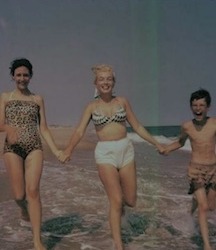
5). She thrived.
“Marilyn Monroe is overrated” is an overrated statement. Actually, I’ve found over the last decade, the woman beneath her powdered skin and red lips, beneath the glistening, jeweled costumes, remains a private, quiet, wonderfully misunderstood and terribly underrated woman. Not quite Marilyn, not quite Norma Jeane, but someone somewhere in-between. And that the single most important thing I’ve learned about Marilyn – the most important – can be summarized in this single sentence:
In her lifetime, Marilyn did not just survive. She thrived.
“Hold a good thought for me.” – Marilyn Monroe

188 notes
·
View notes
Note
hello! i saw an announcement of yet *another* marilyn biopic about her “latina heritage”. does she actually have latina heritage?
Her mother was born in Mexico to American parents. They moved to Mexico because Marilyn's grandfather needed work. They lived there for less than two years. But her grandmother happened to be pregnant and give birth in Mexico.
17 notes
·
View notes
Note
Is it certified that W.j Weatherby’s book is accurate? He starts mentioning the obviously false conspiracy theories at the end. He says he doesn’t know if it is true but still idk
I'd say it is! He's a journalist, so I trust his detailed notes. However, I'm sure he embellished in some areas.
6 notes
·
View notes
Note
Okay, (warning for pedophilia), but considering Gianni Russo and Jane Lawrence say Marilyn used them when they were minors I actually wonder if there if any way to disprove them. This is particularly jarring due to them being kids
The only way to disprove is to prove her later whereabouts. She was filming Some Like it Hot when Russo made his accusations; Lawrence has no proof of her statements and Marilyn was married at the time (to a jealous husband who would have noticed).
5 notes
·
View notes
Note
Did you know something about the relationship between Marilyn and José Bolaños? I read that he was her boyfriend in 61 or 62, but I don't know much about him.
There was nothing more than a quick, platonic (if even) friendship during which time he escorted her to the Golden Globes. Bolaños later fabcriated their relationship.
2 notes
·
View notes
Note
Is it true that Robert Miller passed away earlier this year? I saw a few articles - wasn't sure if you had any reliable sources to say otherwise. His wiki hasn't been updated.
Unfortunately, he did.
5 notes
·
View notes
Photo

Marilyn Monroe photographed by J.R Eyerman at Paradise Cove near Malibu, California, 1950.
“If you are miserable enough, unhappy enough, you do something about it. That’s the way it’s been with me.” — Marilyn to Ben Maddox, December 1950.
353 notes
·
View notes
Photo
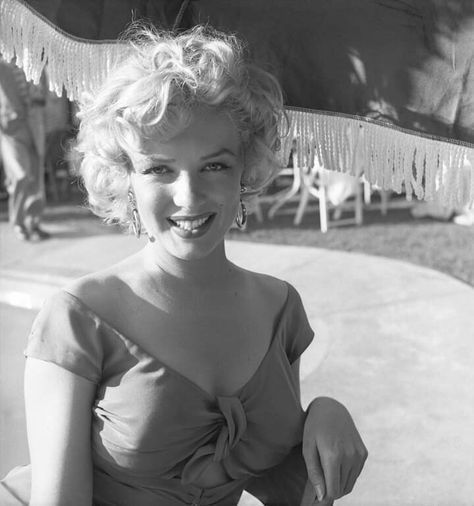
Marilyn Monroe as the guest of honor at Ray Anthony’s party at his home in Sherman Oaks in the San Fernando Valley of California, August 3rd, 1952. Anthony believed it to have helped advance her career. However, already by this time, she was the biggest rising star of the time.
512 notes
·
View notes
Photo
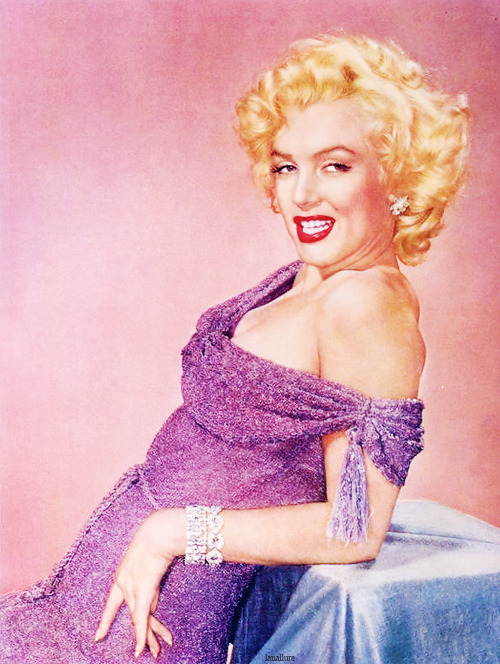
Marilyn Monroe photographed by Carlyle Blackwell, 1952.
Here’s an interesting excerpt from the Oakland Tribune, written by Wood Soanes on April 27th, 1952 —
“I’d like to go on the stage. I think that I’d learn more about acting there than I can in the studio; and if I am going on in this business I have to learn how to act,” she told him.
At the end of the article, Soanes wrote:
It was her work in “Asphalt Jungle” under the direction of John Houston, that turned the trick. A good role in “All About Eve” followed, and then came 1951 with four pictures in succession, “As Young as You Feel,” “Let’s Make it Legal,” “Love Nest,” and “Clash by Night.” So far in 1952 she has a backlog of “We’re Not Married,” “The Full House,” “Don’t Bother to Knock,” and “Monkey Business” with “Niagara” and “The Greeks Had a Word for It,” to follow.
There doesn’t seem to be much time for any stage work this semester, but if Miss Monroe can get the studio’s permission – she’s under contract to 20th-Fox again – and can find a summer stock job, she’s available. Meantime, marriage is not in the offing no matter what the gossip columnists say about Charlie Chaplin Jr. and Joe DiMaggio Miss Monroe is too busy carving a career to let a little matter like romance come between her and her goal.
After all, she has been plugging along for quite a while now and, with success in her grasp, it would be foolish to get sidetracked.
——
(The Greeks Had a Word for It was the original title for How to Marry a Millionaire!)
168 notes
·
View notes
Photo
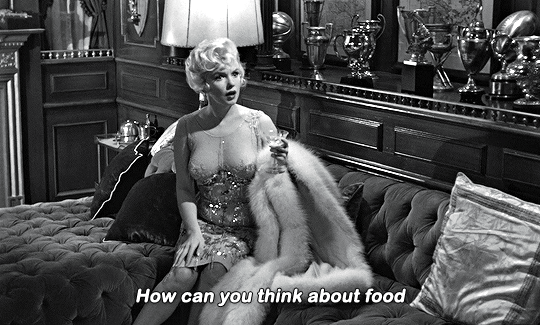

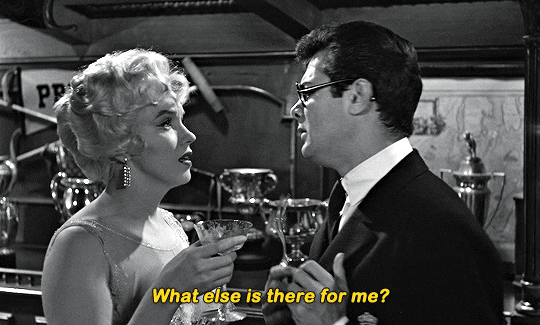
Some Like It Hot (1959) dir. Billy Wilder
4K notes
·
View notes
Photo
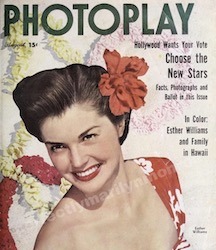

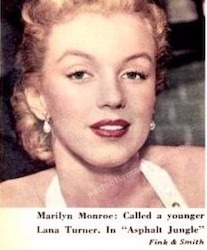

Marilyn Monroe featured in Photoplay Magazine, August, 1950.
80 notes
·
View notes
Photo

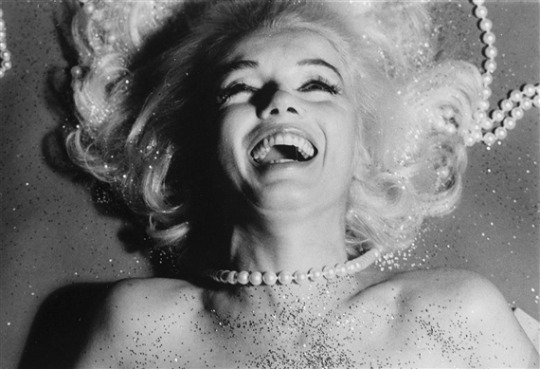
Marilyn Monroe photographed by Bert Stern for Vogue Magazine at the Bel Air Hotel in Los Angeles, California, June, 1962.
7K notes
·
View notes
Photo

Marilyn Monroe photographed by Bob Landry, 1952. The dress she’s photographed in was one of her favorites, but not among the gossip columnists who called her “cheap” and “vulgar.”
277 notes
·
View notes
Photo

Marilyn Monroe being tended to on the set of Some Like It Hot in 1958. With her is acting coach, Paula Strasberg, who often accompanied her during film production. In order to protect like design and lining of the dress, many times crew members would bring out a “standing chair.”
433 notes
·
View notes